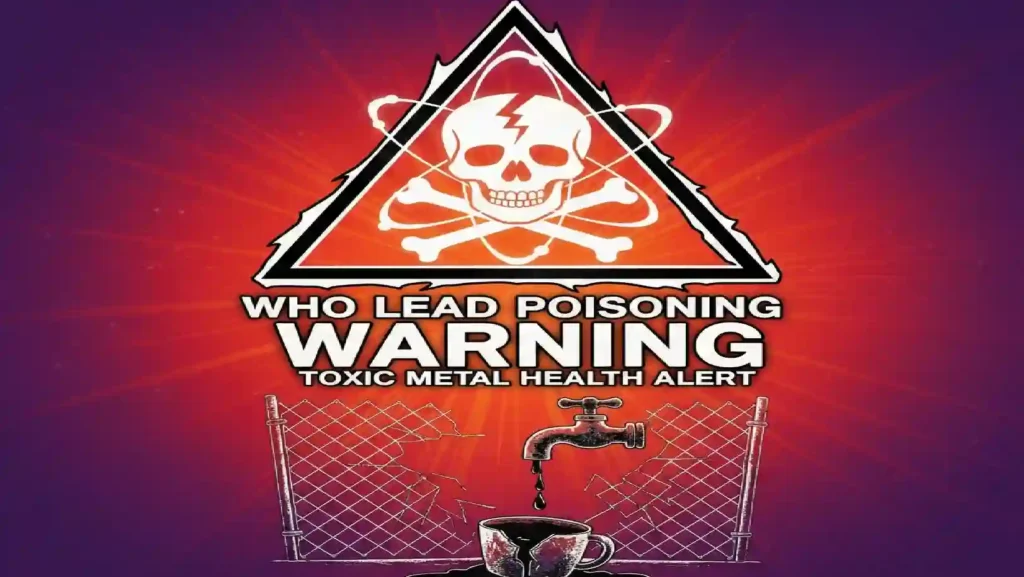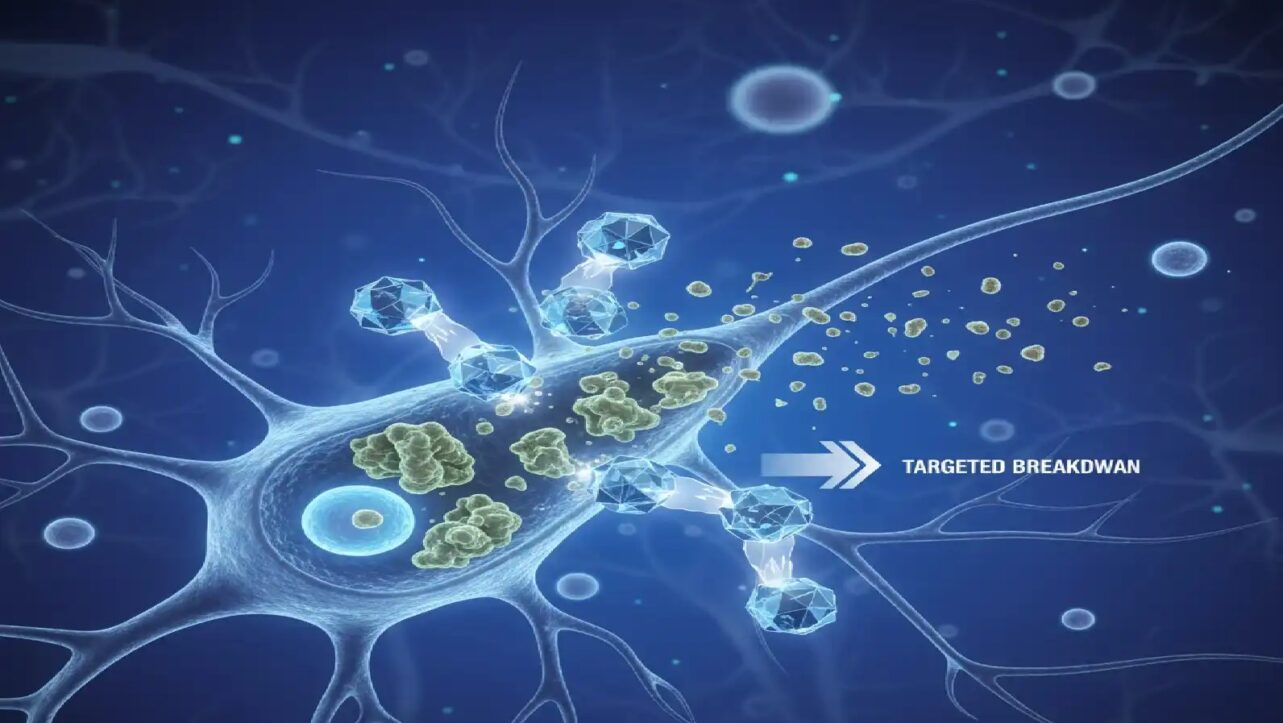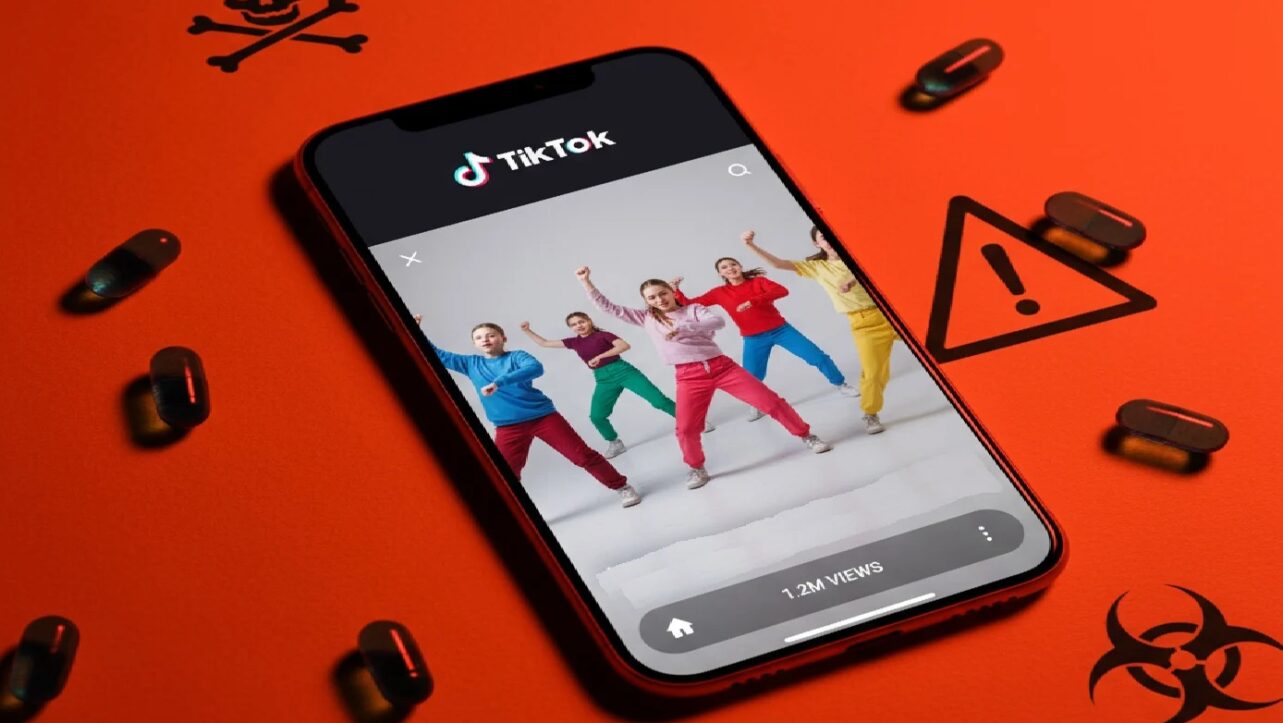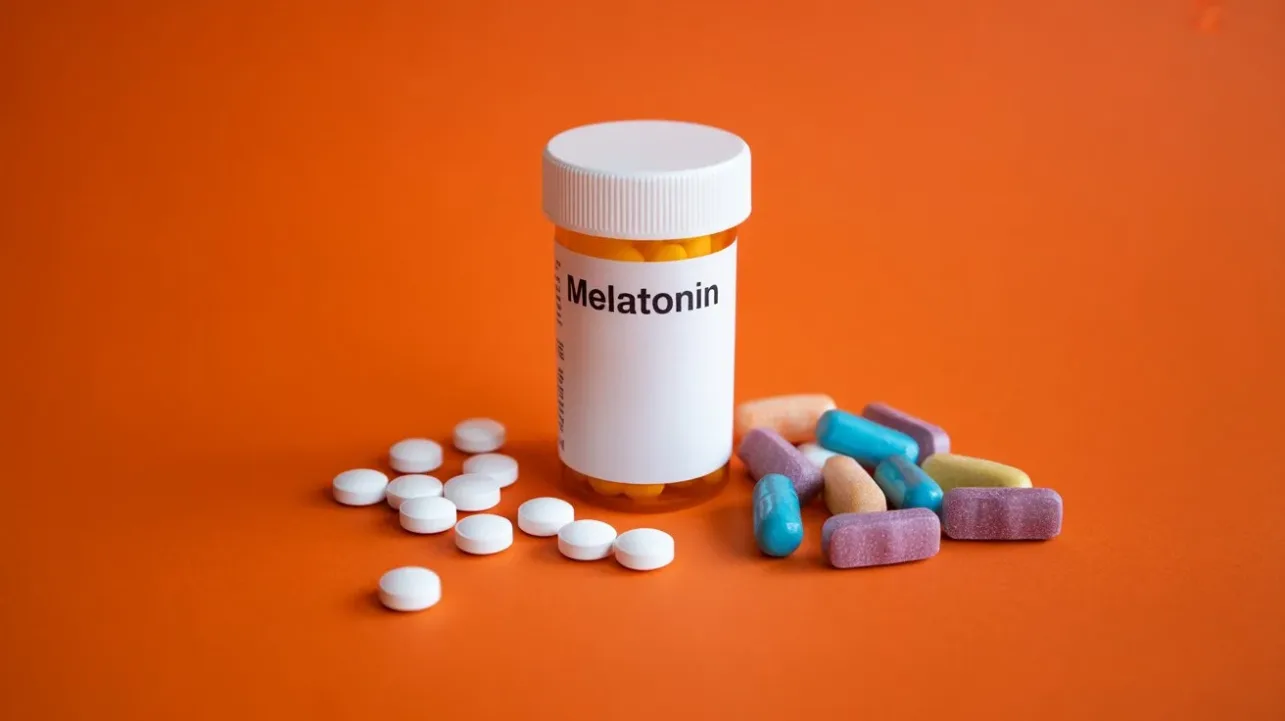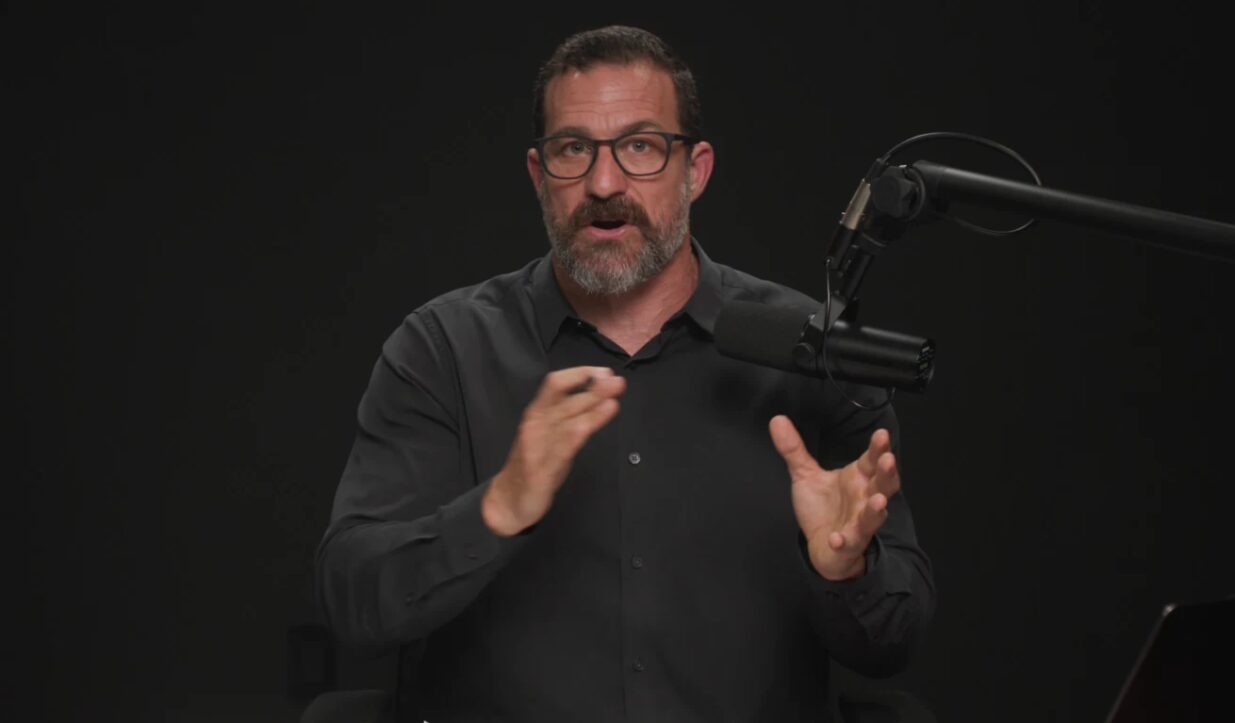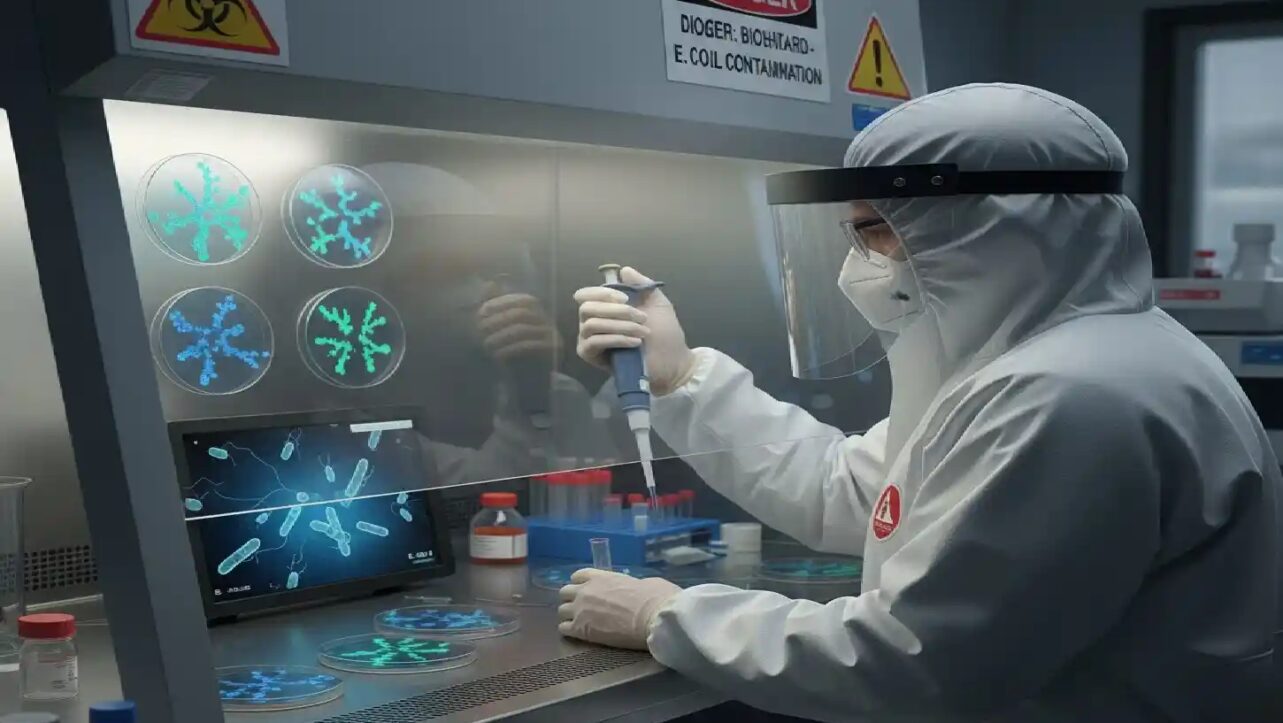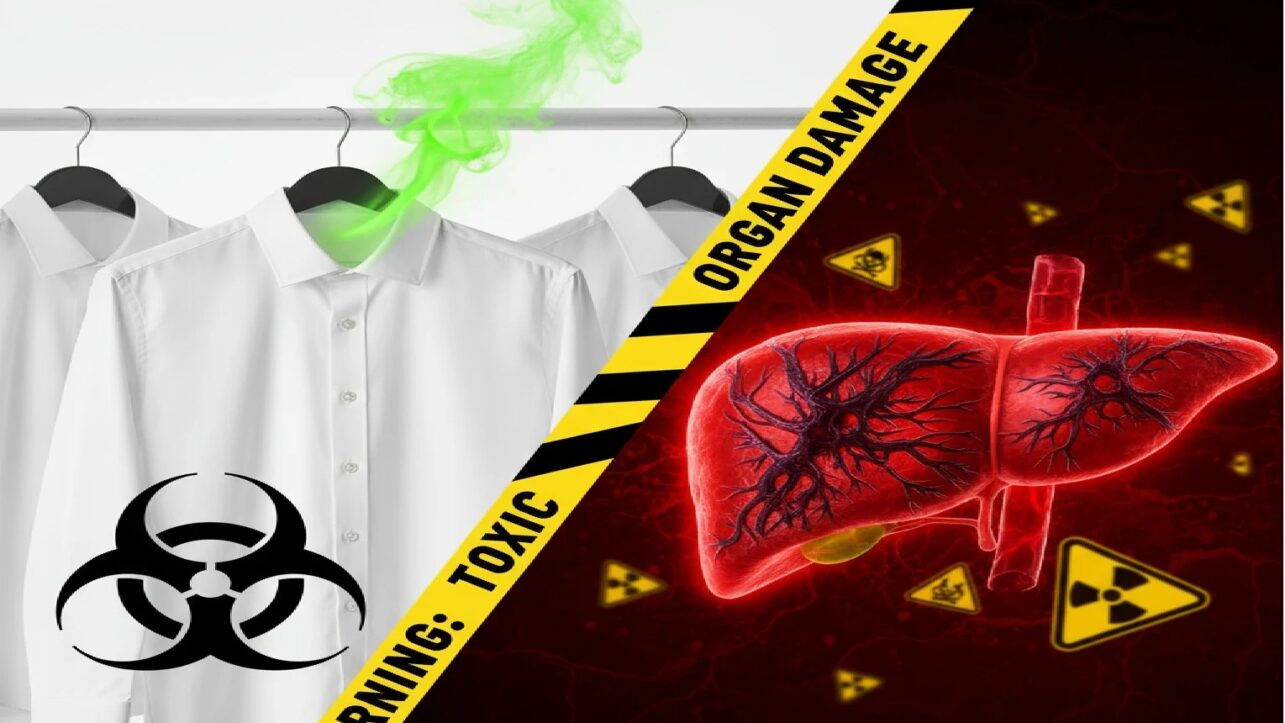The World Health Organization issued an urgent warning on October 17, 2025, declaring there is no safe level of lead exposure and calling for decisive global action to eliminate this preventable health threat that kills 1.5 million people annually. The announcement coincides with the thirteenth International Lead Poisoning Prevention Week (ILPPW), running from October 19-25, 2025, under the theme “No safe level: act now to end lead exposure”.
“No level of lead is safe. Every child deserves a future free from this poison,” said Dr. Ruediger Krech, Director of WHO’s Department of Environment, Climate Change, One Health and Migration. “Every child, in every corner of the world, deserves a future free from the lifelong harm that can be prevented. This week, we call on governments, communities, and health-care providers to act decisively to eliminate lead exposure and protect the health and potential of the next generation“.
Staggering Global Health Burden
Lead exposure has emerged as an environmental risk factor on par with PM2.5 air pollution, with the global cost of lead poisoning reaching $6 trillion in 2019—equivalent to 6.9% of global GDP. A recent study published in Communications Earth & Environment estimated that ongoing childhood lead exposure costs the world more than $3.4 trillion in lost economic potential each year, with disproportionate impacts on low- and middle-income countries.
The health burden is catastrophic: approximately 1.5 million deaths occur annually, primarily from cardiovascular disease, while countless children suffer irreversible neurological and behavioral damage. Young children are particularly vulnerable, absorbing significantly more lead than adults, leading to reduced IQ, learning difficulties, and behavioral problems. Lead exposure also severely harms developing fetuses, creating intergenerational health consequences.
Pervasive Sources of Contamination
Lead lurks in numerous everyday materials, creating persistent exposure pathways in communities worldwide. Common sources include paint, batteries, cosmetics, spices, cookware, toys, and contaminated water supplies. The metal contaminates air, water, and soil, resulting in persistent exposure across diverse environments.
Drinking water delivered through lead pipes or pipes joined with lead solder may contain dangerous levels of the toxicant. Lead is also found in pigments, paints, solder, stained glass, lead crystal glassware, ammunition, ceramic glazes, jewelry, and some cosmetics and traditional medicines. Much of the lead in global commerce now comes from recycling activities, particularly from lead-acid batteries for motor vehicles, which account for over three-quarters of global lead consumption.
Recent Discovery: Lead in Protein Supplements
Adding to growing concerns about dietary lead exposure, a Consumer Reports investigation released on October 14, 2025, found that over two-thirds of 23 tested protein powders and shakes contained more lead in a single serving than the amount considered safe for daily consumption. The analysis tested popular dairy, beef, and plant-based protein supplements for lead, arsenic, cadmium, and other heavy metals.
Lead contamination in protein powders can occur when plants or animals absorb lead during growth or through the production process itself. The findings are particularly concerning given the surging popularity of protein supplements since the early 2000s, with millions of consumers potentially exposed without federal regulations governing permissible heavy metal levels in dietary supplements.
Health Impacts Across the Lifespan
Lead affects multiple organ systems and has wide-ranging health impacts on the neurological, cardiovascular, gastrointestinal, and hematological systems. In adults, lead causes long-term harm including increased risk of high blood pressure and kidney damage. Exposure of pregnant women to high levels can cause miscarriage, stillbirth, premature birth, and low birth weight.
The metal is distributed throughout the body to the brain, liver, kidney, and bones, where it accumulates over time. Lead stored in teeth and bones is released into blood during pregnancy, becoming a source of exposure to the developing fetus. Young children face the greatest risk because they have higher exposures than adults and because lead affects the developing brain, potentially resulting in permanent reductions in intellectual ability.
WHO’s Call for Comprehensive Action
While progress has been made—including the global ban on leaded petrol and efforts by many countries to restrict lead in paints—WHO emphasizes that voluntary measures are insufficient. The organization demands comprehensive bans on the production, import, sale, and use of lead-based paints, with strict enforcement to prevent exposure, particularly among children.
In July 2025, the Bloomberg Philanthropies Lead Poisoning Prevention Initiative launched as a transformative global program to combat lead exposure across high-need countries in Asia, Africa, and South America. The initiative works with WHO and implementing partners including Pure Earth and Vital Strategies across three core strategies: passing and enforcing policies to strengthen regulation, identifying and removing lead sources, and improving blood lead level testing and data collection.
WHO is working with partners through this initiative to develop a comprehensive technical package on lead poisoning prevention, support country-level implementation of clinical management guidelines, assess and strengthen poison center capacity, and develop communication and training materials for health professionals and the general public. Vital Strategies is designing and conducting representative blood-lead surveys to characterize exposure, supporting governments in adapting WHO’s clinical guidelines for timely identification and management of cases, and training journalists for evidence-based reporting on lead poisoning.
Campaign for Global Action
The International Lead Poisoning Prevention Week campaign aims to raise awareness about health effects, highlight national prevention efforts, and urge countries to eliminate lead paint through strong regulatory action. Governments, civil society organizations, health partners, and communities are encouraged to organize campaigns during ILPPW.
“Ending lead poisoning is not only possible, it is within reach,” WHO stated in its announcement. “WHO urges all governments, organizations, and communities to act decisively to protect children and future generations from this preventable health threat“. Recent studies suggest that without stronger safeguards, the ever-increasing demand for electrification and poorly regulated recycling of lead-containing products could entrench global inequalities and set back decades of progress in children’s health.

